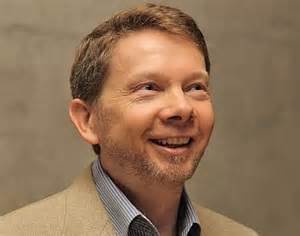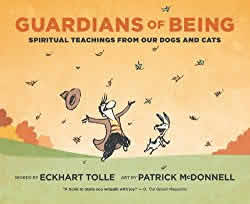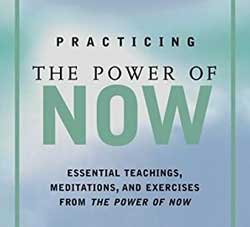The Meaning of the Death on the Cross
Those who say Jesus is a universal symbol for all humanity are correct in this sense: all people have a pain-body that nails us to a cross of emotional pain and suffering. Many among us life their life on the cross, so to speak, never looking to see what the nails are made of and if they can be removed.
Why is it that the central symbol of one of the world's largest religious groups – the Catholic Church – is the suffering body of Christ, horrifically nailed to a wooden cross, his face turned in agony and despair, his body lithe, exhausted and surrendered?
Why has this scene appealed so strongly in so many people, century after century?
Underneath all of their reasons, below all the meaning that is placed on that event, it remains that the sight of Jesus on the Cross is a powerful symbol of the pain-body itself.
Those who have build a religion on the crucifixion and who continue to believe in its significance, would not have done so if it didn't resonate with something within themselves. The crucifixion on the cross is an external representation of an inner reality – the pain-body.
We all at some times in our life have known people who are so unhappy, so miserable, so deeply fallen in despair, that they feel that death itself is all that will bring relief. You may have heard someone at one time say they feel crucified. This is very deep pain and it is pain that feels irreversible. A pain that cannot be healed.
Most everyone who lives in the world feels this depth of pain at least once in their life. Some more frequently. Some with inconceivable regularity.
Every person you know has or will experience this deep pain, a pain that feels like death, a pain that hurts so much that death looks appealing. Every person – your parents, your friends, your teachers, every famous person you see on television or in sports. No one is exempt from pain.
Everyone has a pain-body, and the pain-body has a life of its own. The pain-body is like a mischievous and at times devilish immature child. The pain-body thrives on drama and is addicted to unhappiness. To supply these hungers, your pain-body feeds on your negative thinking, on bad experiences you encounter, on misfortune, physical pain, bad news, the evening news, sad memories, and soap operas (whether on television or in your own life).
Those Christians who say Jesus is a universal symbol for all humanity, are in at least one sense, correct: all people have a pain-body that nails us to a cross of emotional pain and suffering. Many among us life their life on the cross, so to speak, never looking to see what the nails are made of and if they can be removed.
The nails are your own ego. They are not deadly and they can be removed. They can be removed and you can be liberated from your pain and suffering.
And this is the meaning of the Resurrection. We are capable of freeing ourselves from the cross of pain and suffering. We can be released from that which binds us and walk and breathe and live.
The very thought of this can be the initial impetus to begin the process.
What is the process? First, to see the pain-body for what it is. When you are engaged in negative thinking or talking, stop right there and say (out loud, if you wish), "These are not my thoughts of choice, these are the thoughts of the pain-body, which is addicted to negativity and unhappiness. I chose happiness. I chose peace. I chose to be free of the pain-body."
These simple words can stir up your mental process in such a way that the negative thoughts are suspended. You may find that in there place are more positive thoughts. You may find a stillness, an emptiness. You may feel peaceful or a simple sense of relief.
When this happens, allow yourself to remain in that space for as long as you can. What you have done is stopped a pain-body activity dead in its tracks, removed it and replaced it with a more expanded and spacious state of consciousness and quality of thought.
This is a good beginning practice to liberate yourself from the pain-body. Practice it often.
When the ego dies, your own true self, which has been dormant in slumber, will be resurrected. Not necessarily all at once with a big noble transformation, no. It will happen many times in small measures, again and again. Many resurrections. And they will lead, in time, to a real and grounded transformation of your consciousness, one that will never leave you.


